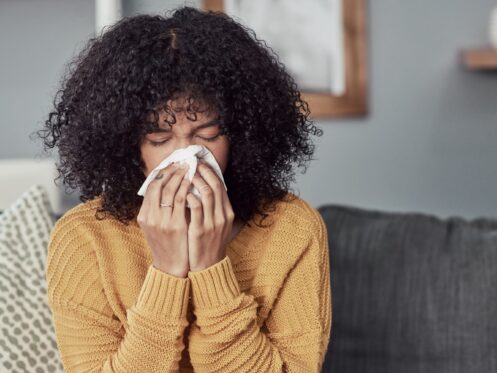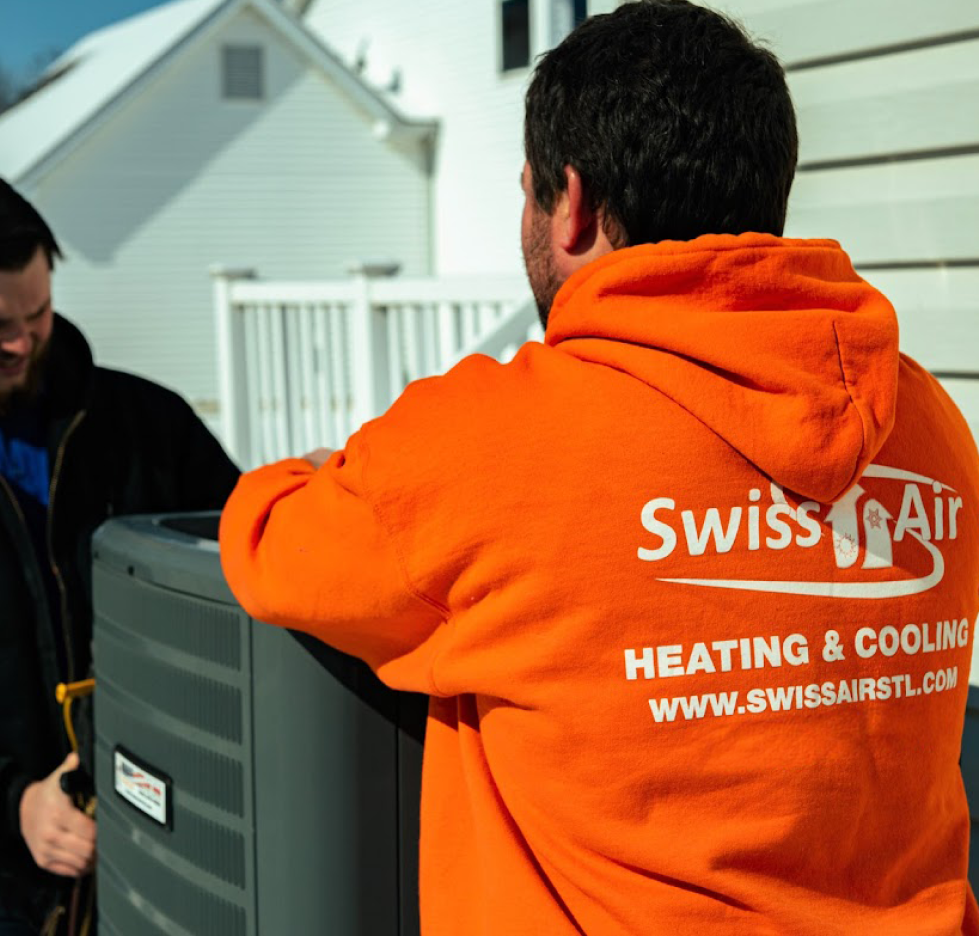When we think of pollution, we often envision the smog that can blanket major cities. Outdoor pollution is definitely something to be mindful of, as pollen can trigger allergies, smog can contribute to health issues, and particulate matter can irritate our senses. Indoor pollution can have just as much of an impact, though.
Outdoor Air Pollution
As you likely know, outdoor pollution is linked to health issues ranging from asthma to cardiac failure. Particulate matter from everyday life comprises some of the pollution you’ll find outdoors, but pollen and emissions from vehicles and appliances also contribute to it. Wildfires and other natural events add to this as well. Considering all of these factors together can give you a clearer idea of how polluted the air around you is. The pollution level is likely to be higher if you live near a freeway, but it may be lower if you’re in a forest, for example.
Indoor Air Pollution
The average person spends approximately 90% of their time indoors, according to the U.S. Environmental Protection Agency. The EPA also estimates that indoor air can be as much as five times more polluted than outdoor air, depending on the pollutant. You might not think that’s an issue because you have a filter in your HVAC system; however, basic filters only catch the largest debris, such as fur or plant matter.
Why Is Indoor Air Pollution Worse?
A large part of the reason that indoor spaces tend to be more polluted than outdoor ones is ventilation. As time has gone on, home builders have continued to focus on keeping building envelopes tightly sealed. With fewer places for air to escape and heat to transfer, homes maintain more consistent temperatures. The trade-off, however, is that modern homes often have less ventilation than older ones.
Since there’s less air exchange between outside and inside, pollutants build up more easily indoors. Wind and rain can reduce the amount of pollution in the air outside, but you need to be more purposeful when it comes to your home. Pollutants can come from a variety of surprising places indoors. Skin cells that you shed can make their way into the air and lower its quality. When this happens with pets, we refer to it as dander, which also impacts indoor air quality alongside urine and excrement.
Even your furniture and cleaning supplies can lower your air quality. Chemicals used in manufacturing processes may off-gas volatile organic compounds (VOCs) as part of those processes. For instance, varnish on furniture, sealant on countertops, and even paint on your walls can continue to emit VOCs for a long time after they first enter your home. Cleaning supplies, candles, and room sprays can also release VOCs. Without proper ventilation, these can linger. Short-term exposure to VOCs and low-quality air can cause respiratory irritation, but long-term exposure is linked to multiple major health problems.
Lowering Indoor Pollution Levels
Manufacturers rate HVAC filters using the Minimum Efficiency Reporting Value (MERV) system. The higher the number, the better the filtration. Many home HVAC systems use lower-rated filters by default. Pleated filters with higher ratings (up to MERV 13) can capture significantly more particulates than those with lower ratings, making them a good first line of defense against indoor air pollution. HEPA filters are usually too fine for HVAC systems, which can inhibit airflow and strain your system. For this reason, we at Swiss Air Heating & Cooling, LLC recommend combining your system’s filter with other air quality solutions such as advanced air purifiers.
The easiest way to reduce your indoor air pollution levels is to open your windows. You may think that pollen, dust, and other allergens can enter your home if the windows are open, but allowing for fresh airflow can help remove them, too. (Additionally, allergens can enter your home through various means, such as on pets or your clothing.)
This approach may not be viable in inclement weather or extreme temperatures common in O’Fallon and Missouri. Conventional ventilation systems include exhaust, supply, and balanced types. Exhaust systems expel indoor air, depending on air leakage for replenishment, which can be inefficient due to tight home seals. Supply systems bring in outside air, while balanced systems combine both. Less common, energy recovery ventilators condition incoming air using energy from outgoing air, potentially reducing energy costs.
Because we spend so much time indoors, the quality of the air inside our buildings has a big impact on our health. Regardless of the solution you choose, you will need a professional to ensure that you get the best indoor air quality solutions for your home. Contact Swiss Air Heating & Cooling, LLC today to ensure your air quality, HVAC, and plumbing needs in O’Fallon are expertly handled!










